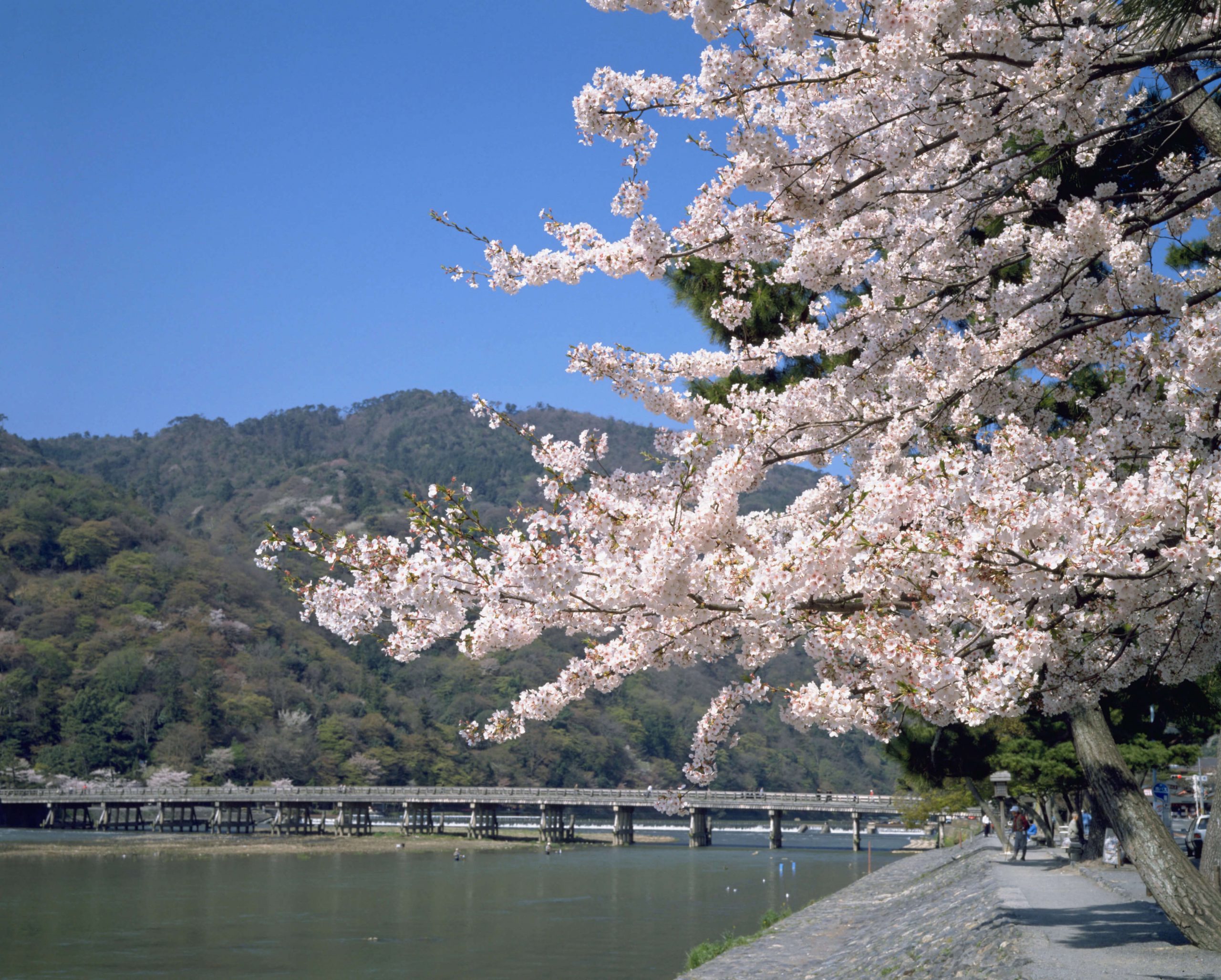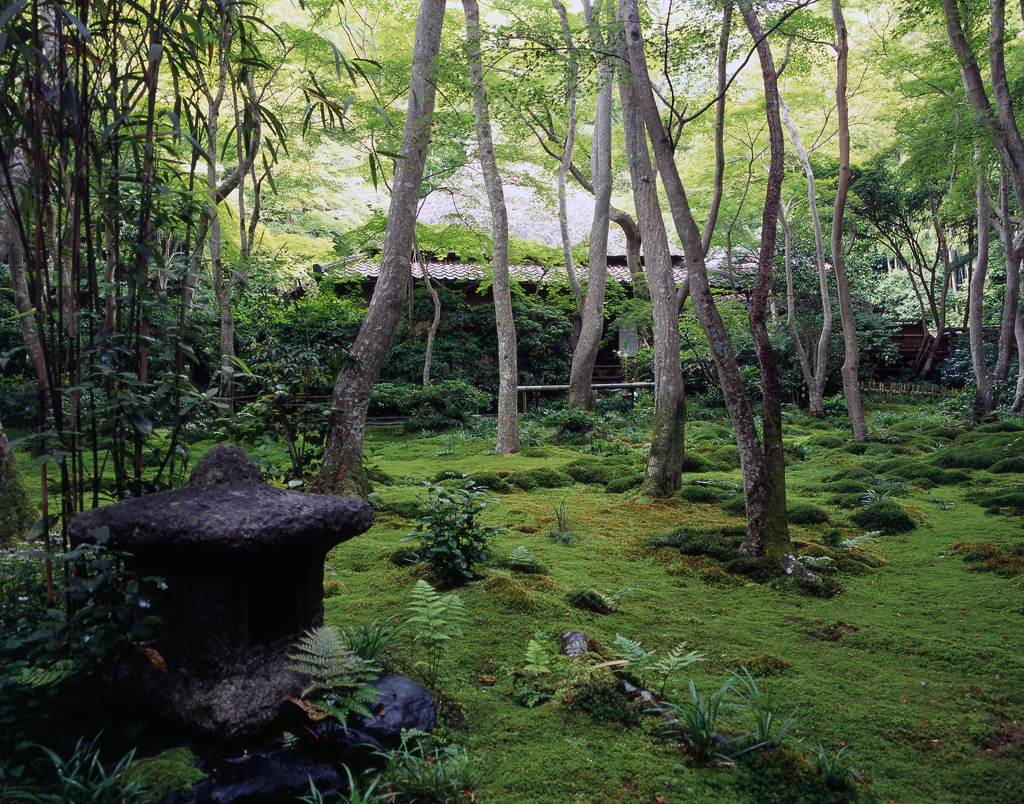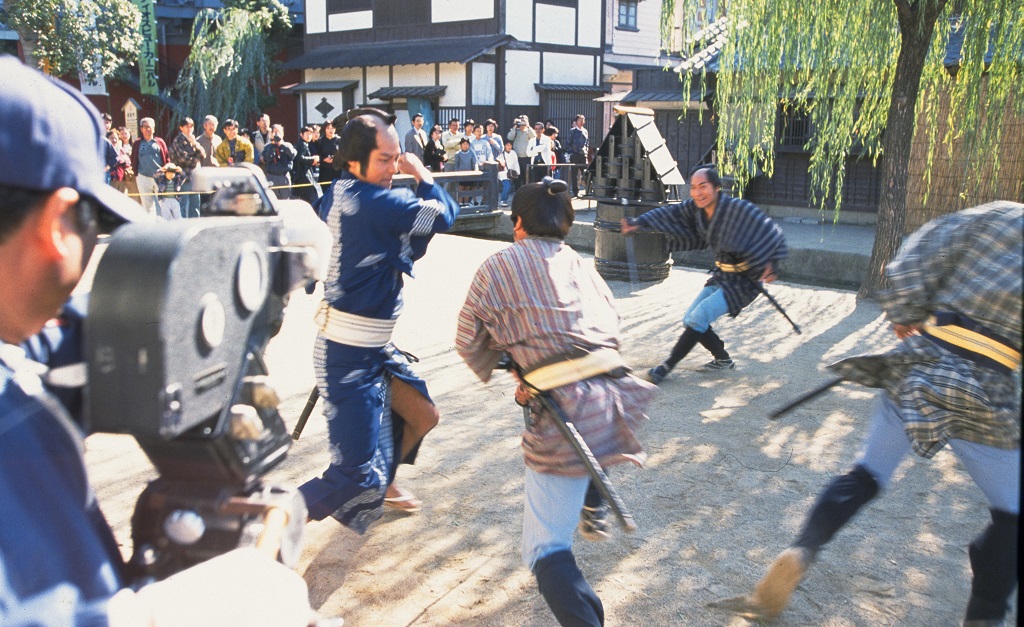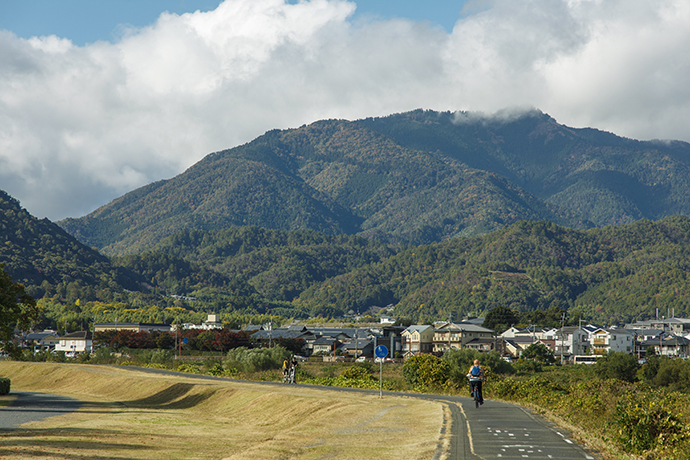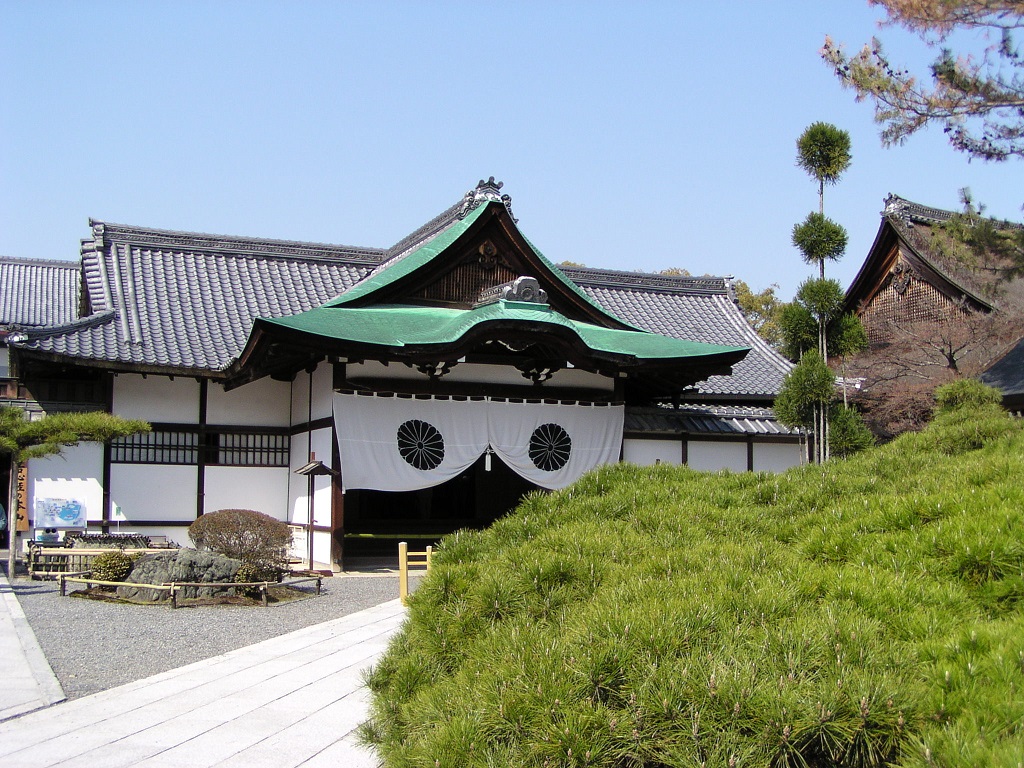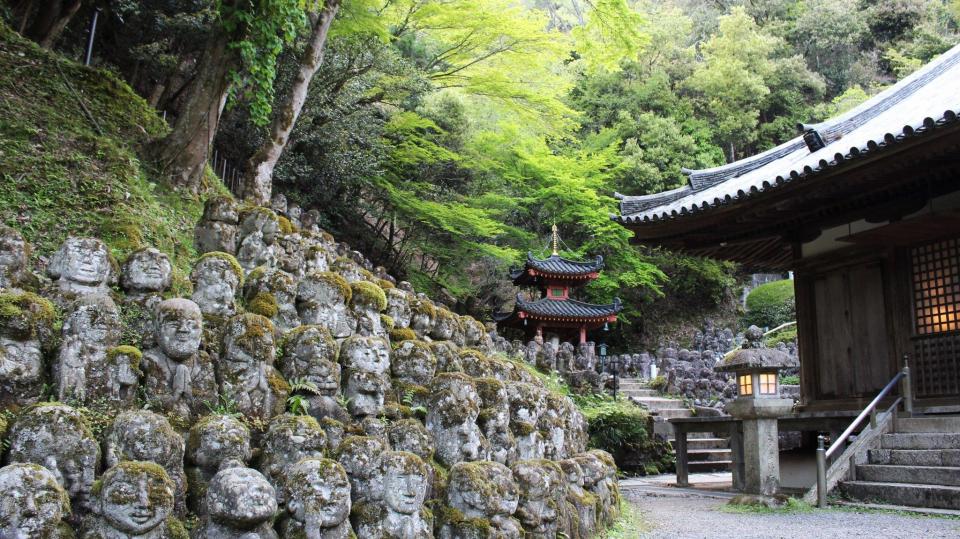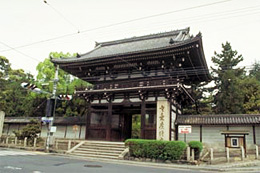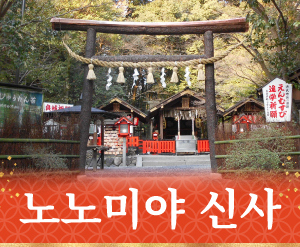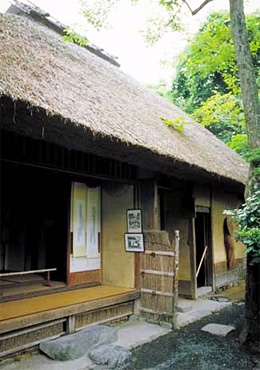
"낙시 오두막"이라는 뜻의 라쿠시샤는 하이쿠 시의 명물입니다. 한때 교토의 외딴 지역에 자리 잡은 이곳은 흙벽에 초가지붕을 얹은 소박한 암자입니다. 오늘날에는 덜 외진 곳이지만, 여전히 고요한 은둔의 정취를 간직하고 있습니다. 경내에는 하이쿠가 새겨진 비석이 있고, 안쪽 벽에는 수묵으로 쓴 시가 걸려 있습니다.
이 암자는 하이쿠의 거장 마츠오 바쇼의 수석 제자 무카이 교라이가 세웠습니다. 교라이는 27세에 은둔 생활을 시작했고, 몇 년 후 이 은둔처를 지었습니다. 이 암자의 이름은 교라이의 작품에 기록된, 그가 잠에서 깨어 보니 자신의 땅에 있는 거의 40그루의 감이 밤새 폭풍우에 쓰러져 있는 것을 발견한 일에서 유래했습니다. 바쇼는 직접 라쿠시샤를 방문하여 그곳에 머무는 동안 유명한 일기 "사가닛키"를 썼습니다. 이 일기는 바쇼가 친구의 집을 떠나는 슬픈 감정을 담아낸 유명한 시로 마무리됩니다.
「五月雨やcolor紙へぎたRU壁の跡」(사미다레야 시키시 헤기타루 카베노아토)
“여름비
벽에는 흔적이 있다
찢어진 시 카드”
저택 안에는 교라이와 바쇼를 기리는 고풍스러운 비석들이 있고, 벽에는 "주인이 오셨다"는 의미로 걸려 있는 낡은 짚으로 만든 비옷과 모자도 있습니다. 교라이의 묘는 경내 밖에 있습니다. 많은 사람들이 라쿠시샤의 고요함을 만끽하고 하이쿠를 써 보기 위해 이곳을 찾습니다. 현대 하이쿠 거장들의 작품도 있습니다.
기본 정보
- 주소 : 교토부 사쿄구 사가 히노묘진초 오구라야마 20
